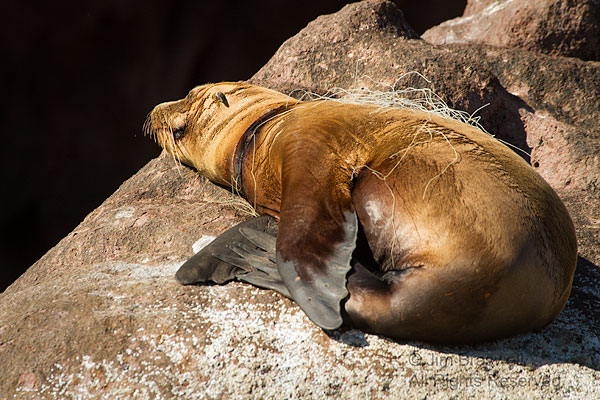Warning! Some viewers may find these images disturbing!
When photographing wildlife, my main objective is to capture them in their everyday world, in being themselves. By sharing this type of image, it is my hope that I can share a bit into the lives of these animals … how they live, what they do, how they behave. It is my firm belief that the more people know and understand our wildlife, the more they can appreciate and support them.
I always try to capture behavior (as I describe, above) whenever possible, but I also always try to find the lighthearted side of nature. One example is the American beaver. Many see this interesting rodent as nothing but a destructive animal, killing and downing trees and building dams across creeks and rivers. While they do fell trees, and they do build dams, they also have a beneficial side. It has been shown that the beaver is directly responsible for moose populations in some areas. For example, the beaver dams create ideal moose habitat in the Grand Teton National Park area. Without beavers, the habitat is not nearly as beneficial in supporting the continued moose populations there. And capturing/sharing some behavioral images of the beavers, such as their famous “tail slap”, or closeups of a beaver working on a tree, or even performing roof maintenance on their lodge, all are designed to help the normal, lay person understand their behaviors and hopefully brings them closer to the animal, and more receptive to accepting them.
But as much as I enjoy photographing and sharing fun images of wildlife, there is also the darker side, the side that shows the struggle of our wildlife to survive, often a result of human neglect or as a result of something we humans have done. And these, also, must be shared. This is particularly true for understanding and resolution of issues that are endangering or otherwise affecting these animals. While on my recent Baja trip, one good example was observed.
I have been posting some images made at Los Islotes, in the Sea of Cortez. This area is a very small rock island … no human inhabitants, only a California Sea Lion rookery and birds … many different species of birds call this place “home”. Today’s post features the California sea lion.
After anchoring our large boat at Los Islotes, we boarded our two skiffs and began slowly boating around the island, observing and photographing as we went. Among the many sea lions, one particular individual stood out. He was resting on a rock ledge, napping as we trolled by. But he was also in the stranglehold of death … around his neck and upper torso was a plastic fishing net.
In this instance, this likely was just a plain, old accident. If you take a curious and playful California Sea Lion and add in a free-floating, damaged fishing net, the result is likely to be disaster. And who knows where the net came from? Maybe a result of the Japan tsunami from a year ago? No, I’m not trying to blame anyone for this sad situation. But I think it is a good example of how we should each be good stewards about environmental issues and do what we can to minimize potential disasters such as this. Such things as proper disposal of used/worn fishing supplies, proper recycling of plastic containers and plastic bags will go a long way on ensuring safety to our marine animals. Not much action on our part … simply disposing or recycling properly goes a long way!
And the prognosis for this sea lion? Almost unequivocally, a painful death. As he grows, the net around his neck will get tighter and tighter. Will it cut a major artery and cause him to bleed out? Will it cause strangulation? Does it really matter how he dies?
With this sad post out of the way, I’ll get off my soapbox and we’ll get back into some fun things … after all, tomorrow is another “Fun Friday”! :o)











